How To Level A Yard? – Best Easy And Simple Proven Steps!

“How to level a yard?”
Is this something that you have been searching for? If yes, then you have reached the right place.
Leveling your yard is a great way to enhance the look of your home and add value at the same time. Whether you’re a DIY enthusiast or a professional landscaper, you know that getting the job done right requires more than just a few hours of hard work.
Keep reading this article till the end to learn more about the best ways to level your yard…
Understanding The Need For Leveling: Why Should You Level Your Yard?
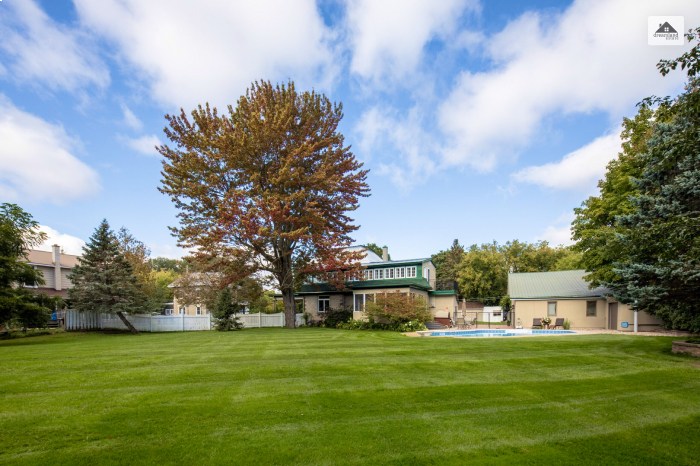
Before learning about the best ways of how to level a yard, there is yet another thing that you must try to understand and know. Mind that is why you should be leveling it.
So you’ve decided to level your yard, but why is it so important? That’s a great question—there are actually lots of benefits to having an even grade in your yard.
First and foremost, it’s much safer. Uneven ground can cause slips and trips and be a real hazard for your family and guests. Plus, it’s much easier to maintain a leveled yard when it comes to mowing the grass and other landscaping work. And if you’re planning on installing in-ground pools or outdoor structures in the future, having a well-leveled yard will make that process much simpler.
Leveling your yard also serves aesthetic purposes. With an even grade, you can create more symmetrical lines in your landscaping design, as well as create flat spaces for entertaining or patio furniture. In addition, water drainage is improved when your land is level—which helps avoid standing water after rain or snowmelt that could otherwise damage plants and other yard features.
Now that you know why you should level your yard, it is time for you to learn about the best ways in which you can level your yard. Keep scrolling till the end…
How To Level A Yard: Proven Ways To Level Your Yard!
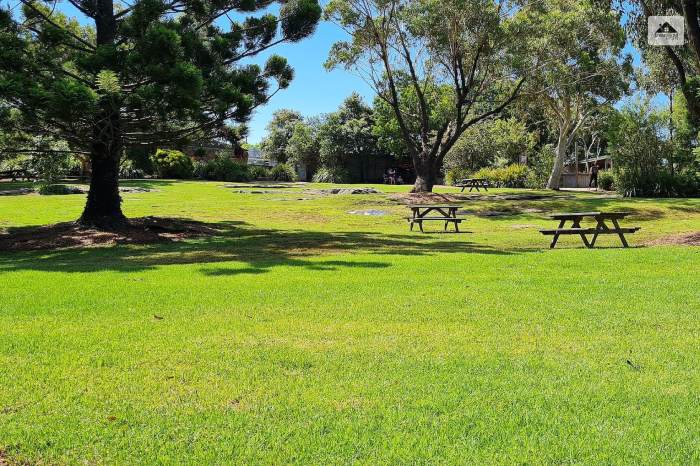
From determining what soil type you have and removing any existing vegetation, to renting equipment and ensuring proper drainage, we’ll be taking a comprehensive look at everything you need to consider when leveling your yard – regardless of whether it’s a small patch of grass or acre-sized property. So if you’re ready to roll up your sleeves and tackle this project head on, let’s jump in!
As you can see, leveling your yard is essential for both practical and esthetic improvements to the space. It’s an investment that pays off over time—and with these tips, you can get started today!
1. Making an Assessment And Set Your Goal
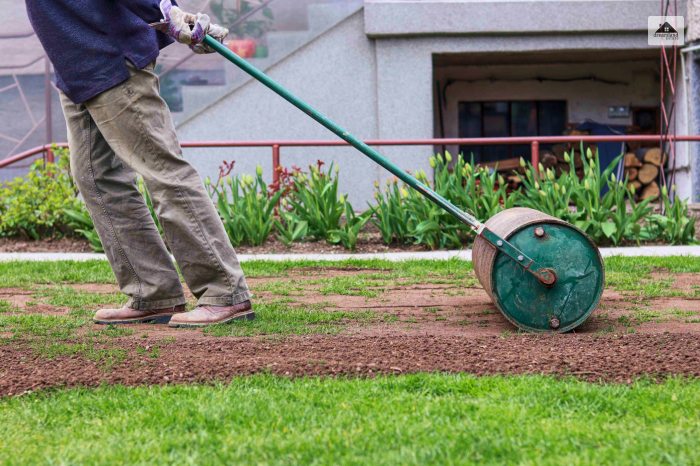
Getting started is the first step. With leveling your yard, that means assessing and setting some goals. Begin by doing a general walk around your yard. Make note of any problem areas—areas that are too high or low, or where water tends to pool.
Once you have a better understanding of the issues, you can begin setting your goals for leveling. This might be something as simple as raising a single area of the lawn to make it even with the rest, or you may choose to completely level off a section to create an outdoor recreational space.
Whatever your desired outcome is, take careful measurements so that you clearly understand how much soil and other materials you’ll need to complete the project. This will also help to figure out how much time and effort it will take, as well as provide an estimation of the costs involved in achieving your desired result.
2. Using Contours To Find The Lowest Points

If you’ve ever tried to level a yard, then you know that it’s not as easy as it looks. That’s why the third step in leveling a yard is to use contours to find the lowest points. But what exactly are contours and how do you use them?
Contours are lines on a map, usually marked with colors, that indicate changes in elevation. By using these lines, you can get an idea of where the lowest point in your yard is located.
Now that you have an understanding of what contours are and how they can help with finding the low points in your yard, here are some tips for how to use them:
- First, make sure your property map has contour lines marked on it. If it doesn’t, you may want to commission one from a surveyor or look for existing maps online.
- Make sure your map has at least three or four different levels of elevation indicated by different colors or shades. This will give you an accurate idea of which parts of your yard are lower than others.
- Analyze your map and compare it to how the ground currently appears in reality so that you can get an understanding of where the lowest points truly lie both on the map and in person.
- Use this information to determine where trenches need to be dug and soil needs to be added while leveling your yard so that any water run-off flows away from low places instead of pooling there stagnantly after rainfall or snow melt.
Using contours correctly will help ensure that water runs off properly and is not held up due to inadequate drainage systems, so make sure not skip this step before starting work on leveling your yard!
3. Getting The Right Equipment For Yard Leveling

When it comes to leveling a yard, you’re going to need some special equipment. Depending on the size of the area you’re leveling and the terrain, you might need one or more of these tools:
(a) A Bobcat
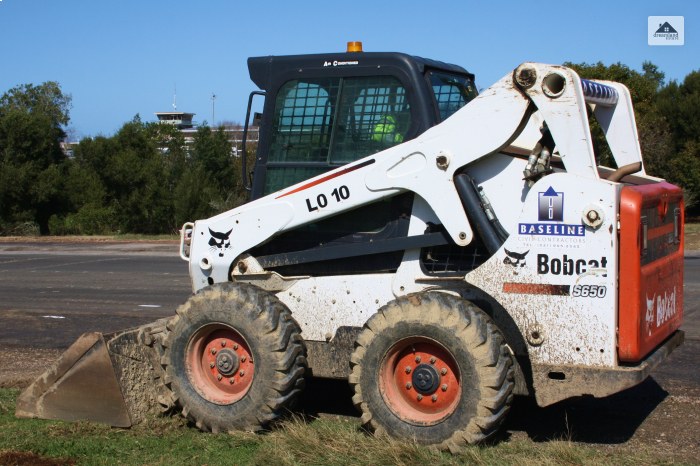
This is an all-in-one workhorse with an attachment that scoops up soil and moves it around. It can also be used to move rocks and other debris, as well as grade surfaces. If you’re dealing with a large project, especially something like terracing a steep slope, this is definitely the machine for the job.
(b) Lawn Tractor

A lawn tractor is much smaller than a Bobcat, but still gets the job done. It has attachments that will help level soil or gravel in small areas like around trees or flower beds. For large areas or heavy materials, you’ll need something bigger; but if your project is small in scope, then a lawn tractor will do just fine.
(c) Rake And Shovel
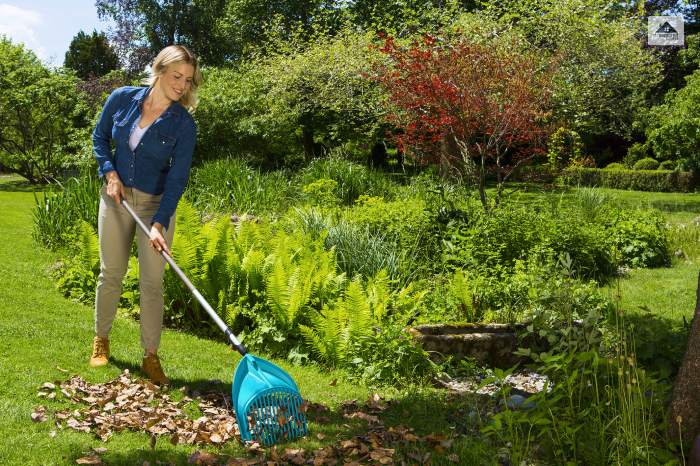
If your project is really small—slightly uneven turf for example—you can use ordinary tools like a rake and shovel to level it yourself. You won’t get super-precise results unless you have experience with grading surfaces; but it’s certainly better than leaving an uneven surface alone!
No matter what type of equipment you end up using to level your yard, remember to check rental policies and safety instructions before starting any project!
4. The Importance Of Compacting Soil And Tamping
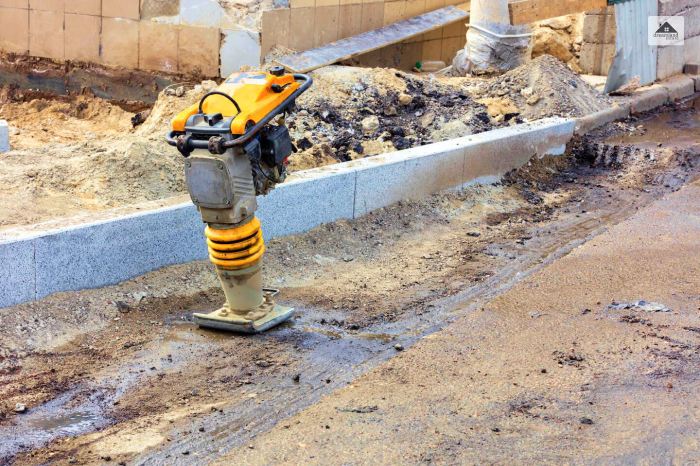
Compacting the soil is an essential step when leveling your yard. You’ll want to use a machine known as a compactor to literally compress the soil, and you should do this before adding any fill materials. This ensures that the existing soil is as even and level as possible.
Tamping is another important technique you’ll need. This is simply beating down any loose soil, so it’s more dense and solid. You can use a large metal tamper or a handheld tamper to get the job done. In addition, if you’re building a raised bed or garden, tamping is essential in order to keep it looking professionally made and livable for plants.
The importance of compaction and tamping when leveling your yard cannot be understated. Without these steps, your project won’t turn out as well, and could potentially be dangerous if the ground isn’t even enough to support walking on it or properly holding a structure up due to instability. So make sure you take these steps seriously!
Benefits: How Does Leveling Your Yard Help You?
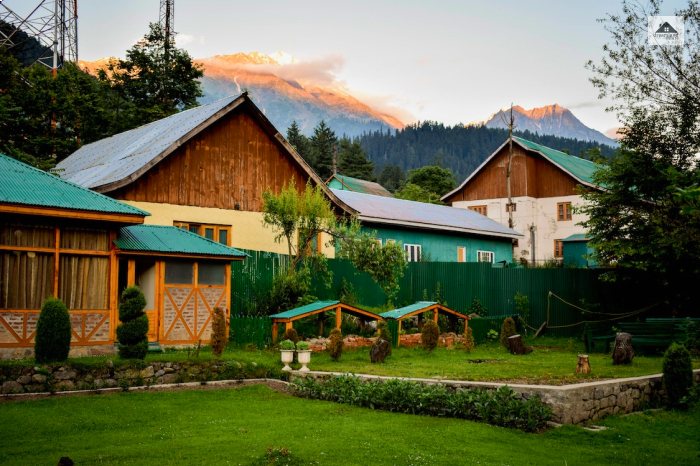
Now that you know how to level a yard, it is time for you to check out the benefits of having a yard that is leveled!
By now, you can see the many benefits of leveling your yard. It can increase the value of your property, give you more usable space and make your lawn look more natural. But what other benefits are there?
Here are some of the other benefits of having a leveled yard that you should know about:
Less Maintenance
A leveled yard requires less maintenance, which can definitely come in handy if you’re always on the go or don’t have much time for outdoor work. Not only does it provide a cleaner look with less weeds, but the soil will be easier to remove for garden or lawn care, and it’s also easier to mow and trim.
Better Drainage
Leveling a yard is also beneficial in that it provides better drainage. This means that water won’t pool in certain areas like it usually does, which not only prevents flooding but also helps with soil erosion and settling. Plus, better drainage helps grass grow more evenly and healthily!
Softer Falls
Finally, a leveled yard will be much safer for children who might trip over uneven terrain. It reduces the risk of injury from falls by providing smoother terrain for them to run around on and play. This makes it a great option for parents who want their children to stay safe while outside.
As you can see from these benefits alone – there are plenty of reasons why leveling your yard is worth it!
Wrapping It Up!
In summary, leveling your yard is a straightforward job but requires careful planning and preparation. You will need the right equipment and materials, such as a sloping rake, a soil compactor, and topsoil. In addition, you should make sure to measure the area and create a plan to ensure your yard is level when you are done.
You should also make sure to double-check your measurements and take safety precautions to make sure the job is done correctly. Once you have followed these steps, you can then enjoy a well-leveled yard that you can use for outdoor activities and landscaping. Leveling your yard is a great way to enhance your outdoor area and create a safe, enjoyable space.
In case you were searching for the answer to “how to level a yard,” I hope that this article has been of help to you. If there are any other queries related to the same, please feel free to let me know. All that you need to do is scroll down till you reach the bottom of the page and leave our comments in the box below. And I will be there to answer them, all for you!
Read Also:

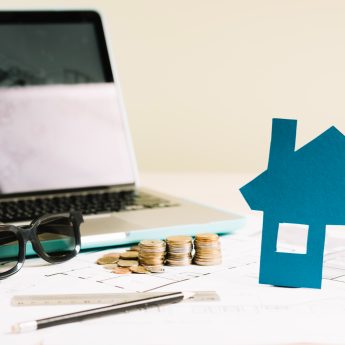
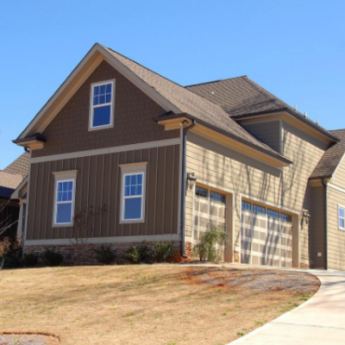








Leave A Reply